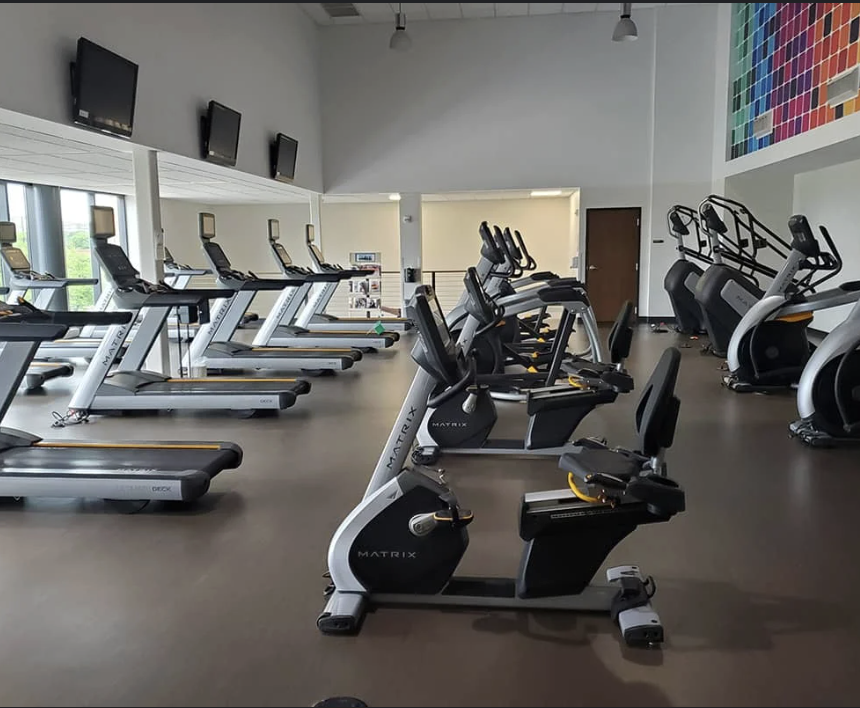Banned Books Week was celebrated Oct. 1-7, an effort to raise awareness for rising numbers of book challenges around the country by the American Library Association (ALA). The year’s theme was “Let Freedom Read” and featured online events with celebrities like John Green and LeVar Burton.
According to Pen America, the most frequent reasons for book bans are because of “pornographic” or “indecent” content; I was curious whether or not those labels actually applied to the books in question. I read one of the most challenged books in 2022 to find out.
“The Bluest Eye” by Toni Morrison
If you’ve read “Beloved” in your AP English Literature class, you know Morrison isn’t one to shy away from difficult subjects. She deals with similar themes of racial tensions and Blackness in America in “The Bluest Eye” through the character of Pecola Breedlove, a 11-year-old girl who prays for blue eyes so she can be as valued as all the white, blond-haired children seem to be.
Though buttressed by Morrison’s lyrical writing, this book contains scenes of rape and child abuse that are graphic and disturbing to read. There certainly is enough emotionally harrowing content to warrant parental concerns — but disconcerting scenes are not reason enough to prevent access to reading material.
In fact, I see discomfort as a sign of growth. Being uncomfortable means seeing the world in another way outside of our little bubble, providing new perspectives that add nuance to our understanding. The growth spurred by negative realizations is equally as important as positive ones, if not more so; bleakness is an unavoidable aspect of the society we live in.
I didn’t enjoy reading about poverty and sexual violence and racism the same way I enjoy “Harry Potter,” of course, but it’s undeniable that these were the conditions facing people Morrison sought to depict. History is full of awful, nightmare-inducing things; we can only prevent them from happening again in the future by being aware of their past manifestations.
Because of the graphic scenes, I would recommend readers make sure that they’re prepared to deal with the emotional turmoil that may arise. If this book is taught in class, teachers should warn their class ahead of time and give students the option to opt out if they feel uncomfortable. What should not happen, however, is banning “The Bluest Eye” and removing the autonomy of students to read a piece of great American literature.
After all, with information so easily accessible in the Digital Age, students are growing up faster than ever. From war movies with bloody special effects to first-person shooter video games like “Call of Duty,” we’re constantly exposed to violence no less distressing than “The Bluest Eye.” We might as well learn something from experience.
*CORRECTION: In a previous version of the article, the novel “Beloved” was incorrectly labeled as read in the AP English Language class. The correct class is AP English Literature.

![WHS has not banned any books from its curriculum, though there have been some concerns raised by parents in the past, according to librarian Tania Voss. However, Voss said books that deal with difficult subjects can impart valuable lessons. “Books help open up your eyes. I don’t ever want my kids or the students here to live in a bubble,” she said. “Books will deal with issues you hopefully don’t have to come in contact with, but working through that in a story helps you [develop] empathy. Even though this isn’t something that’s in your space, this is something to be aware of and stand up for others.”](https://whshoofprint.com/wp-content/uploads/2023/10/Cody-Voss-1200x750.png)






